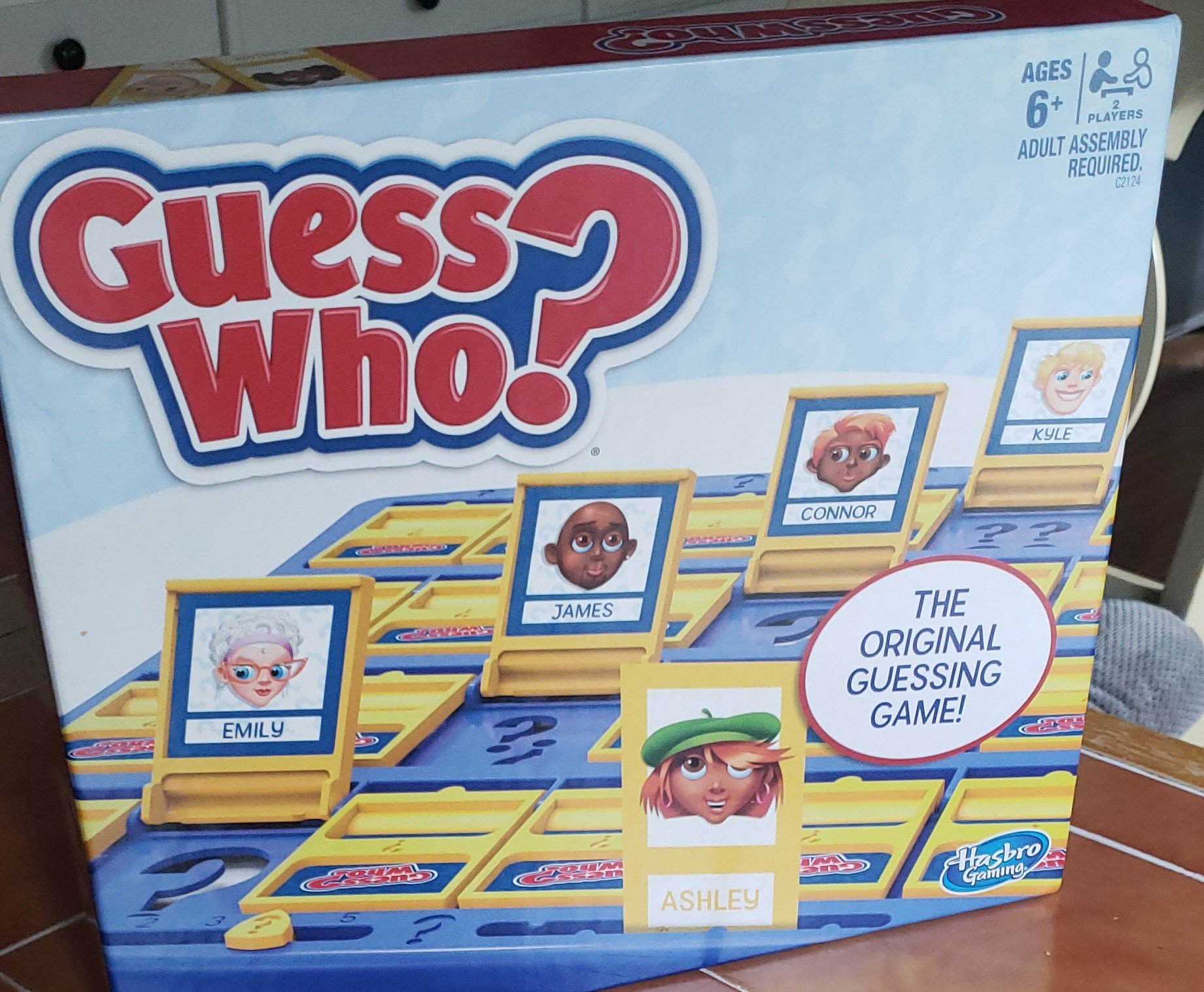What We Can Learn about Diversity Training from the Game “Guess Who?”
For kids growing up in the 90’s, “Guess Who?” was a focal point of many family board game collections.
In the throes of my own childhood nostalgia, I bought the game for my five-year old daughter last week.
We sat down and I explained the rules…
To start, each player randomly picks a person from a deck of cards. The goal is to guess the other player’s person before they guess yours. Each player asks questions to learn more about the other player’s person. After each question, you flip down the people that do not fit the description based on the other player’s answer. Through a process of elimination, one player ultimately guesses the name of the other player’s person and wins.
She nodded that she understood how to play.
Sounds simple, right?
My daughter and I played about five times before I realized something was very wrong. ..
It became clear that the easiest way to win was to clear the playing field and ask the most divisive questions. I am not proud of myself, but I had decided the easiest way to win was by asking:
- “Is your person a boy (or a girl)?”
- “Is your person’s skin white (or darker skinned)?”
After I asked these two questions first a few times, it was easy to narrow down the people and I only had to ask a few follow up questions to guess the correct person. It took a few times for me to become aware of my own shortcutting. I was doing what I teach people not to do.
Lesson #1: I was making it easy for me by categorizing others.
I had decided that the easiest way to win was by marking visible differences – gender and race – and checking people in or out of their respective boxes. Talk about a diversity training faux-pas.
I cannot take credit for this self-discovery. In fact, my #1 male ally (my partner Rustin) was watching and suggested we make a new rule: no asking about gender or race.
Lesson # 2: Sometimes it takes someone else to help us see our own limitations.
Jane was puzzled. She had quickly learned that marking differences was a quick and easy way to win. This was a parenting moment.
The game ensued. With the new rules, it became more interesting. So does successful diversity training.
Lesson #3: Life is more interesting when we let go of the markers of diversity.
We had to get creative and ask unusual questions about facial expressions, eye color, and obscure details about the individual. She learned that it is important to honor differences. To respect others’ differences. To honor difference beyond gender and/or race.
We now have heated chess match style “Guess Who?” games that are more entertaining to play and watch. Jane gets to learn that people are not as simple as their race and/or gender identifications.
The problem with my story and countless stories like this that happen every day is that it reinforces that humans fit into boxes. You are a boy or a girl. You are white or you are a person of color. What if we broadened these terms and made the same rule as we did with my daughter in society? My guess is we would ALL be better for it.
See, gender and race are not always visible. Just because someone appears to be light skinned, does not mean they are white. Just because someone has darker skin does not mean they identify as a person of color. Same goes for gender – increasing in fact people are identifying as gender non-binary. And, that number is growing rapidly with the next generations.
What I learned from playing “Guess Who?” with my daughter is important about diversity training. Even someone focused on this every day as my life’s work slips every once again.
Like this content? Check out our new training page with offerings, Lead Like an Ally virtual inclusive leadership program, and speaker reel to hire me to speak at your organization.

